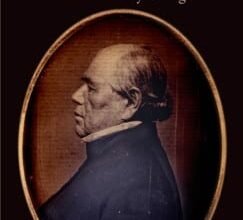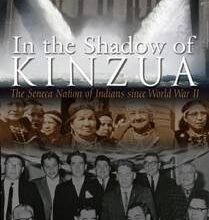Major Catskill Park Land Acquisition Protects 3,100 Acres


 The Open Space Institute (OSI) has acquired more than 3,100 forested acres in the town of Neversink in Catskill Park — one of the largest parcels of privately-owned, contiguous forestland remaining within the Catskill Blue Line.
The Open Space Institute (OSI) has acquired more than 3,100 forested acres in the town of Neversink in Catskill Park — one of the largest parcels of privately-owned, contiguous forestland remaining within the Catskill Blue Line.
It’s hoped the acquisition will safeguard sources of clean water, provide habitat for birds, turtles, fish, and other wildlife, and enhance recreational opportunities.
Before OSI stepped in to permanently protect the “Blue Hill” property, a proposal had been developed for the site that included a large-scale mix of housing, resort, and commercial uses.
OSI intends to transfer the land to the New York State Department of Environmental Conservation (DEC) as an addition to the 14,800-acre Willowemoc Wild Forest; once transferred, it will be the largest addition to the Catskill Forest Preserve in nearly 25 years.
The land includes native hardwood forests, undisturbed wetlands, nearly 20 miles of streambanks, and a ridgeline of peaks — the highest more than 2,700 feet in elevation — that provide uninterrupted and sweeping views of the surrounding mountains.
“This new acquisition is a rare find, both for its sheer size and for the wealth of benefits it provides,”Erik Kulleseid, OSI’s president and CEO, said in a an announcement sent to the press.
“Over the last four decades, OSI has protected more than 25,000 acres of land within the Catskill Park, and we’re proud to continue our commitment to conserving the landscapes most vital to the health and well-being of people and wildlife,” Kulleseid said.

 The Blue Hill property is adjacent to the Willowemoc Wild Forest, which is bordered to the northeast by the 33,500-acre Big Indian Wilderness area of the Catskill Forest Preserve.
The Blue Hill property is adjacent to the Willowemoc Wild Forest, which is bordered to the northeast by the 33,500-acre Big Indian Wilderness area of the Catskill Forest Preserve.
Almost completely forested, the property joins an immense un-fragmented corridor of conserved lands in the southwestern Catskills.
Its varied topography offers a wide range of micro-climates, creating wildlife habitat for songbirds including the wood thrush, hermit thrush, and black-throated green warbler, as well as wood turtles and wide-ranging mammals such as black bears, fisher, and bobcats.
OSI’s preservation of the Blue Hill property also safeguards cold-water habitat in the Fir Brook and upper Willowemoc Creek for native brook trout. Prized by fly fishers, brook trout require undisturbed habitat with high water quality to reproduce.
The Willowemoc is one of America’s most famous fly-fishing streams and, along with the nearby Beaverkill, is considered the birthplace of fly fishing in the United States.
A small network of logging roads crisscrosses the property, providing an opportunity to establish trails that support hiking, horseback riding, snowmobiling, cross-country skiing, fishing, and hunting.
Once transferred to DEC, the land may be opened to the public in accordance with the state’s unit management plan for the site.
Protection of the Blue Hill property is also expected to play a role in safeguarding water quality as it flows into the vast Delaware River watershed, the source of clean water for more than 15 million people in New York City, Trenton, Philadelphia, Wilmington, and northeastern Pennsylvania.
The property’s abundant streams and wetlands filter water entering the Neversink River to the south and the Fir Brook and Willowemoc Rivers to the north — waterways within both the Delaware River watershed and New York City’s Neversink Reservoir watershed.
OSI purchased the property for $6.2 million dollars with support from its Delaware River Watershed Protection Fund (DRWPF) and an anonymous foundation.
Launched in 2014 with funding from the William Penn Foundation’s Delaware River Watershed Initiative, OSI’s DRWPF has protected more than 25,000 acres of forested land to safeguard water quality in the Delaware River Watershed.
Since 1974, OSI has partnered in the protection of more than 2.5 million at-risk and environmentally sensitive acres in the eastern U.S. and Canada.
Illustrations, from above: The view from Blue Hill; and a map of the Blue Hill property (both provided by OSI).
Source link




